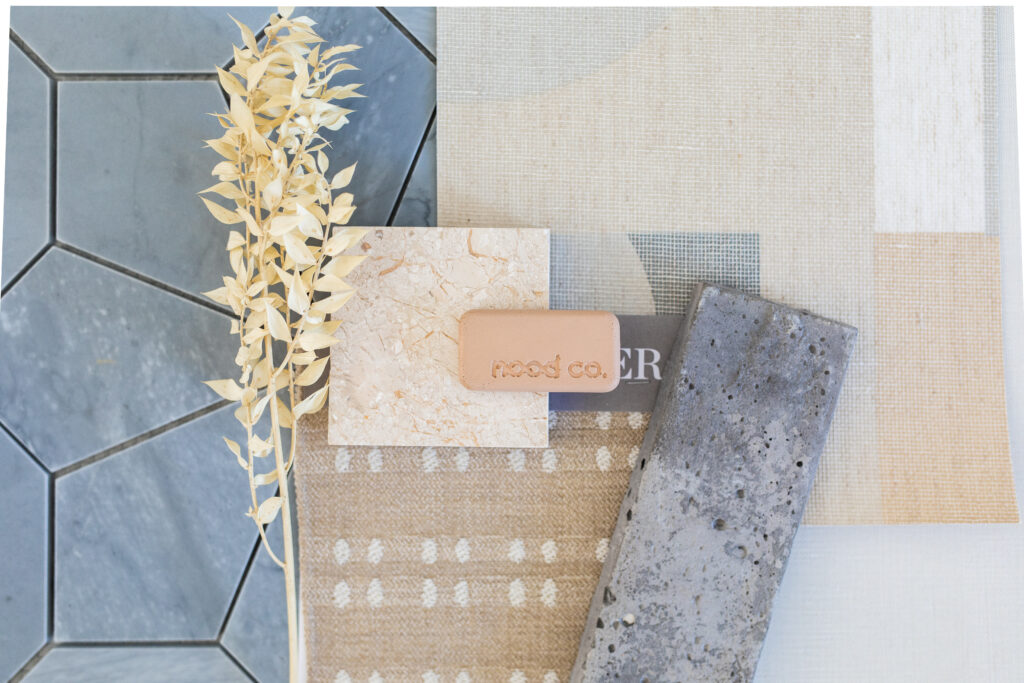
Each and every one of us is too unique to fit within the guidelines of one particular category, and the same applies to interior design styles. One of the most common struggles clients face at the beginning of a project is a lack of personal style. In my experience in the industry, this lack of personal stylistic direction is revealed once clients are asked to tell me what exactly they want their space to look like. Knowing more about yourself is always a good idea, and it’ll help communicate your design goals to a designer in the future. Not sure where to start? Let’s dive into some areas that surprisingly reveal personal style!
- Look in the not-so-obvious places
Think about your hobbies, wardrobe, & career. How do you spend your time? Are you more of an indoor or outdoor person? What textures & colors do you like to wear and how do those change depending on season? How much of your time do you spend working & what do you demand of your space during the moments you’re not? Even something as obscure as whether you’re an early bird or night owl can reveal what lighting and vibe serves you best, and in determining what time of day the space will be used most. Your home’s interior design tends to mirror you because it’s your safe space. Arguably, nothing is a greater reflection of who you are! Reflect & consider these somewhat random elements and how they can be small indicators of your overarching design style.
- Think Outside The Common Categories
Many think identifying one’s interior design style can be determined through clicking through a brief online quiz or checking a few boxes, but it’s not that simple. It’s best not to base your home’s design on surface level indicators. In something as abstract and personal as design, it’s important to dig deeper. Scroll through Pinterest or any online website and review photos & portfolios of some designs. Ask yourself what you do & don’t like about each picture. Rather than thinking about common generalities like coastal, mid-century modern, or farmhouse, consider factors like textures, minimalism, atmosphere, and materials.
- Hiring a designer
The best way to help you along in this process and get to the root of your design needs is to hire a trained eye. Many times you’ll find we can help identify things you didn’t know you wanted yourself! Since people have different communication styles, be as open and transparent about your likes and dislikes as possible with your designer. If you’re more visual and need to see things before making decisions, let them know. If verbal communication sounds more like you, have your designer identify your concepts through descriptive words. Whatever your style is, it’s important you and your interior designer are speaking the same language.
Considering your interior design style is a key part of the home curating process. While some clients prefer to be deeply involved in this journey, others prefer to leave decision-making to the designer. Decide where you stand on that spectrum so both parties can create a cohesive, personal, and functional design. In the end, great home design boils down to transparency.
COMMENTS